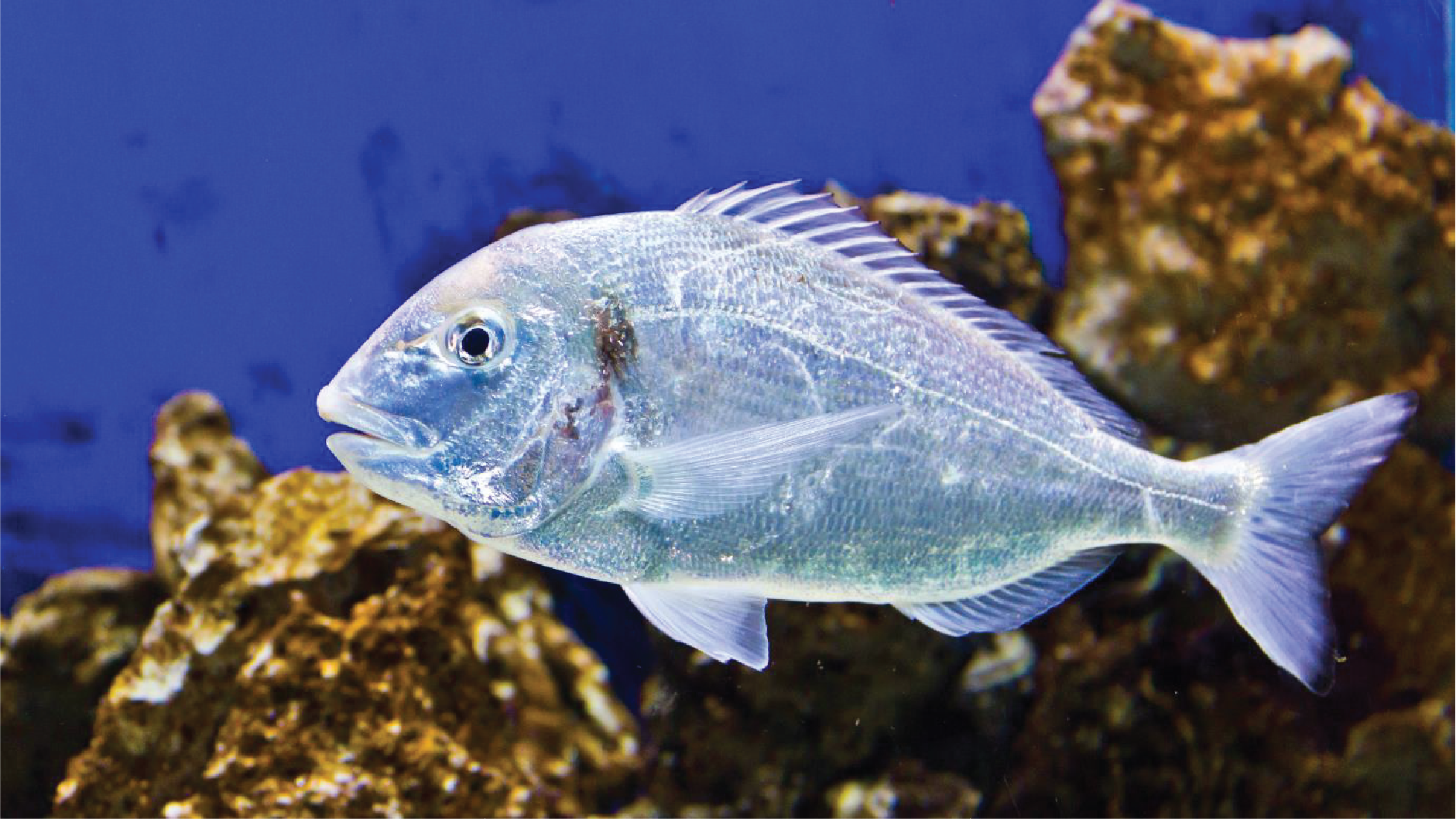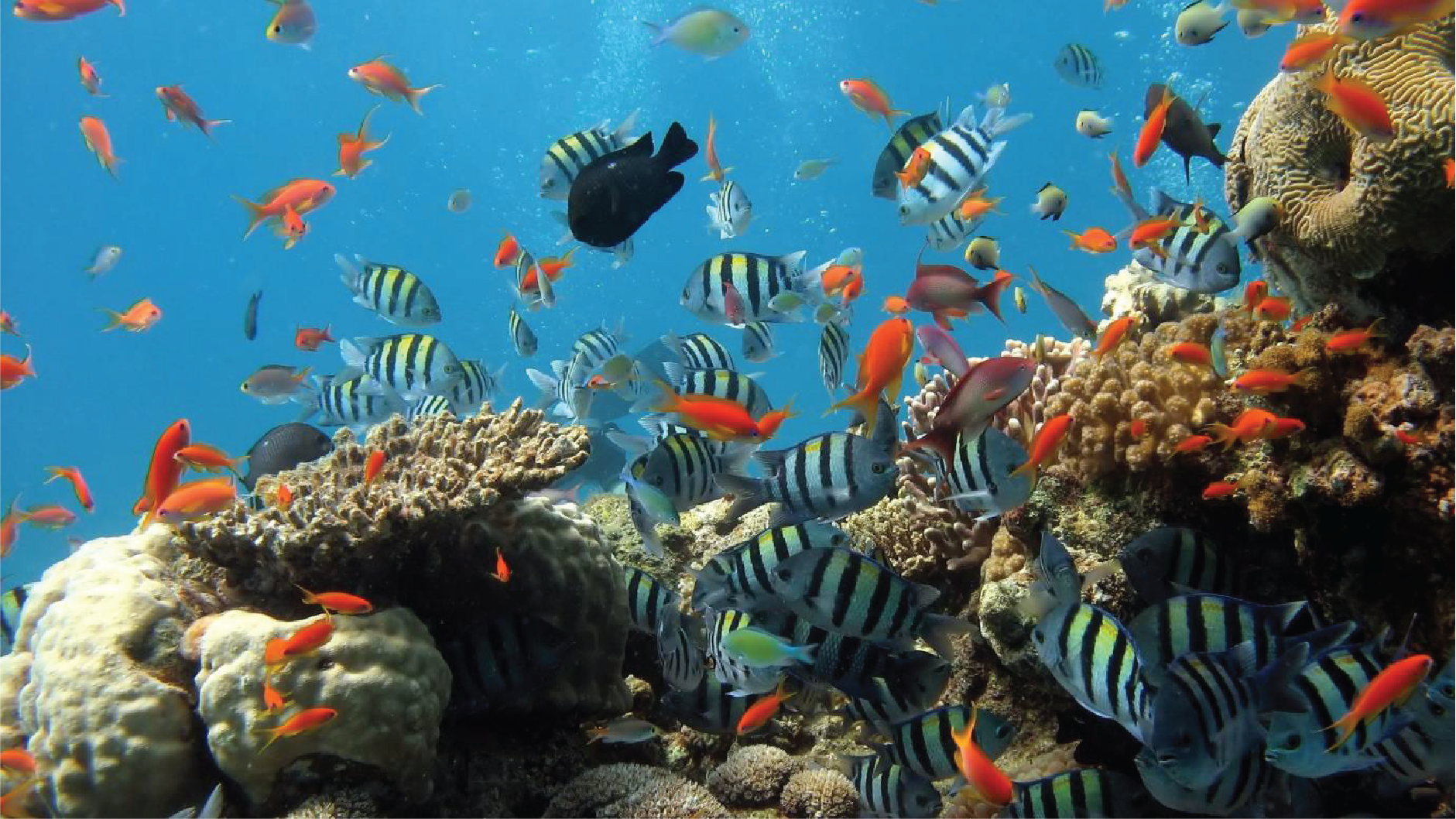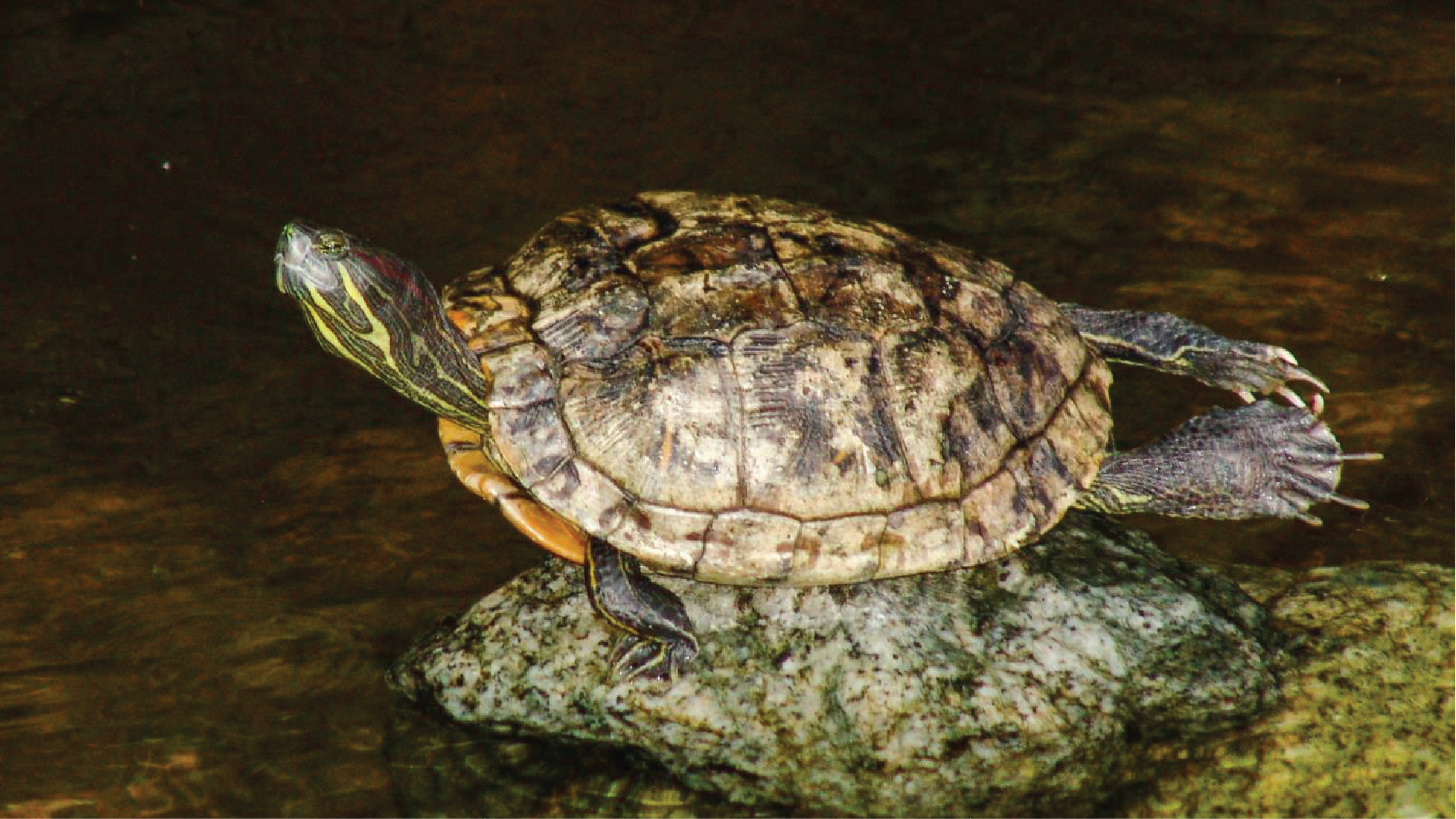The First Principles of Taking Care of Your Aquatic Pets
Aquatic Pet Care

Aquatic pet care
It’s important to know that aquatic pet care isn't easy. Sure fish are low maintenance but they require so much more to thrive properly.
Fish are an excellent pet for a variety of reasons. They save space by occupying a certain region of the room, and you always know where they are! They don't need to be walked, and they're less expensive to care for than other pets because they don't require as much food or have as many vet expenses.
Fish are relatively low-maintenance, however, you will need to set aside time to maintain the tank and water clean, and plan out how to give adequate aquatic pet care.
Rather than waiting for your fish to become unwell, take action and deal with any cloudiness or odours in the water to provide good aquatic pet care.
They are a silent species that never makes a sound! Fish are also considered to be a stress reliever, with studies indicating that even watching them swim silently may help you relax.
Deciding to have a pet fish is one of the most significant decisions you can make. The ability to take care of an aquatic system in a fish tank is truly a rare one.
In 2018, India's pet fish population surpassed 700,000 for the first time. By the end of 2023, the population is expected to be about 962 thousand people. Approximately 50,000 Indians were employed in the pet fish business as of 2018.
With the increasing number of pet fish populations, it is crucial that you know the basics of aquatic pet care and Importance of aquarium before taking any bold steps.
There are many things you need to keep in mind while deciding to buy pet fish, such as pH levels, the temperature of the water, etc. Fish are primarily aquatic organisms that require narrowly specific living conditions to thrive.
Thousands of young fish keepers are introduced to the natural wonders of aquatic pet care each year. Aquatic pet care gives them, and now you, the rare opportunity to not only watch but also to build another world.
You'll learn about aquatic species and witness their behavior first-hand as a result of this procedure. And nothing beats an aquarium for instilling a sense of environmental awareness and respect.
An aquarium is a wonderfully gorgeous, always intriguing addition to any home or workplace, and it's fun, easy, and educational. For the entire family, aquatic pet care is a welcome source of amusement, education, and leisure.
A guide to aquatic care for beginners:
1. Setting up the tank:
Even though most fish are tiny, they require lots of space to swim, especially if you have opted to buy more than one.
The larger the aquarium, the higher the price tag, so before you set your heart on an ocean of an aquarium tank, figure out how much money you want to spend on it.
Put it somewhere visible, but not in the busiest section of the home. The bustle may cause the fish to get agitated.
Keep your aquarium tank away from direct sunlight, since this can encourage algae development and temperature swings, which isn’t good for aquatic pet care.
Aquarium Tips

Aquarium tips
Some good ones will include, finding the right sized tank, investing on a good filter, getting good quality water with optimum temperature and pH.
Ensure that your aquarium is not near any windows or vents. Air draughts may wreak havoc on the aquarium's ecosystem.
After you've decided on the size of tank you want, you'll need to make a few more selections. You must first select if you want a saltwater or freshwater aquarium.
The primary distinctions are that saltwater fish are more colourful than their less colourful freshwater cousins, while freshwater tanks are far less expensive and easier to set up and maintain aquatic pet care than saltwater tanks.
Freshwater aquariums are highly suggested for new fish owners that are just starting out in aquatic pet care.
Another option you'll have to make is whether to use glass or acrylic. Acrylic tanks are clearer and more heat-resistant, and they come in various forms. Glass tanks, on the other hand, are significantly less expensive and more scratch and damage-resistant.
You'll also need a filter, a pump, and, depending on the type of fish, heating may be necessary. If your fish are tropical, you'll need to keep the water at a specific temperature. Goldfish and cold-water fish are the only ones who don't need to be heated. This the very first step you would be taking towards aquatic pet care.
Lighting will aid in the growth of any plant life in the tank as well as highlighting the colours of your fish for you to appreciate, this is one of the greatest aquarium tips.
Read all stated safety instructions in your owner's manual(s) before plugging in your heater, hood, or any other electrical equipment, and make sure to utilise a drip loop, because you cannot risk putting your fish in danger and compromising the quality of your aquatic pet care. When feasible, use a GFCI-protected outlet.
You can find all of these fish care products in your nearest Augie Store.
The sky's the limit when it comes to aquarium decoration; just bear in mind that everything you place in the tank will need to be cleaned during regular aquarium cleanings. Plants, whether live or plastic, are a favourite food of some fish, and will level up your aquatic pet care.
2. Before adding your fish:
Add gravel to the tank. Fish benefit from certain bacteria, and gravel provides a home for them. It will also aid in the breakdown of any waste produced by your fish, as well as providing a pleasing appearance to their environment while boosting aquatic pet care.
Using a variety of plant life will provide your fish with a secure haven where they may hide and play.
Real plants will assist to keep the nutrients in the tank balanced, but fake plants will suffice for providing a hiding place for your fish.
Taking the measures necessary to get the water conditions up to where they are healthy for the fish is referred to as "cycling a tank." This is something you should do before adding fish to your aquarium, and is a primary step to aquatic pet care.
Fish Care Products

Fish care products
There are a lot of fish care products available in the market today. Some of them include, filters, pumps, fish food, tank lighting etc.
Taking the measures necessary to get the water conditions up to where they are healthy for the fish is referred to as "cycling a tank."
This is something you should do before adding fish to your aquarium. To put it another way, you should not buy your fish tank and fish on the same day!
Cycling is the process of growing beneficial microorganisms in the tank that break down waste and maintain the water safe for the fish, to provide good aquatic pet care.
This takes some time, and most experts recommend waiting at least a week before adding fish to the tank. It's critical to get a new aquarium off to a good start, and maintain excellent aquatic pet care.
Many modern aquarium kits include a little package that you may use to add the essential cycling elements, or you can buy it separately at a pet store.
You may also cycle the tank by just adding a small amount of fish food, which will begin to decompose and start the process. It's never a good idea to try to cycle a tank with fish already in it.
This is extremely harmful for the fish, and they are at risk of becoming unwell and dying unless the water conditions are stabilised. It's the equivalent of attempting to live in a toxic gas environment, and it's not good for your fish, and it degrades your aquatic pet care.
3. Research about the kind of fish you want:
When it's time to buy fish, spend some time researching exactly what you're getting. Know how large the fish will become, how it will behave, how much room it will need, and which fish it will get along with.
Going to the pet store and buying fish based only on appearances is a beginner's error in aquatic pet care. The pet store clerk should be able to clarify things for you, but sadly, they aren't often that informed.
Without realising it, you might wind up with hostile fish species or fish that are plain incompatible. It is preferable to conduct your own study about aquatic pet care. and learn about your pet before making a purchase. That's what you'd do if you were buying a puppy, right?
How to Maintain Aquarium

How to maintain aquarium
Do your research. Plan everything beforehand. Cycle your tank for a week before adding the fish. Do not overfeed your fish. And regularly check the water's quality.
In a same vein, don't overload your tank. You've probably heard of the rule of "one inch of fish per gallon." for aquatic pet care.
This is ridiculous advice about aquatic pet care, and you should disregard it. Knowing what kind of fish you're buying and what they need can help you figure out how many fish you can keep in your tank safely.
Overcrowding in a tank leads to increased aggressiveness, stress, illness, and an overall unpleasant living environment for your fish and represents bad aquatic health care. It is far preferable to keep your aquarium understocked and have fewer but healthier fish.
4. While adding the fish:
Start with only a couple of the suggested fish and progressively add more over the next four to six weeks. Only select fish that look to be active and in good health.
Also, be careful not to overcrowd your tank. A smaller number of healthy fish is preferable than an overabundance of stressed-out fish.
Make sure the water your fish go into is around the same temperature as the water they come out of. Float the transfer container (typically a plastic bag) in the tank for about 15 minutes to equalise the two temperatures.
After that, unzip the bag every five minutes and add a tiny bit of aquarium water. Finally, carefully net the fish and place it in the tank after 15 minutes.Do not fill the aquarium with bag water. Allow the fish to swim into the tank from the net. It is preferable if the transport is as painless as possible.
5. After adding the fish:
When you think about “How to maintain an aquarium at home” the following are the points you need to keep in mind.
How do I care for aquarium water?
Daily
Be sure to check the water temperature in your tank every day.
Weekly
Replace 25-30% of the tank with clean water.
Test the water's pH, ammonia, nitrite, nitrate, hardness, alkalinity, and chlorine.
Monthly
Vacuum aquarium gravel
Inspect filter; rinse or replace the cartridge, carbon and pre-filter if necessary
Clean away any algae
Remove and clean plastic plants and decorative items
Prune live plants if necessary
So, how can you tell if the water is healthy for your fish? It's a good idea to get a cheap water testing kit and keep an eye on the levels of ammonia, nitrates, nitrites, and pH in your water.
Natural chemical substances such as ammonia, nitrates, and nitrites are produced by the lifecycles in your tank.
They're OK at low doses, but if left unchecked, they can accumulate to dangerous proportions. Follow the test kit's instructions and take the required actions to maintain proper water parameters. The kit may also be used to determine the pH of your water supply. Most fish can adjust to a wide range of pH values, but if the water is too harsh, it may be essential to use chemicals to lower the pH.
Cleaner water and healthier fish come from a well-maintained aquarium filter. Every two to four weeks, you'll need to replace your filter cartridge and do a 25% water change.
You should also vacuum the gravel completely to eliminate any trash that has accumulated. A conventional, siphon-operated gravel vacuum is the simplest and most effective way to do both a water change and a gravel cleaning.
If the water in your aquarium seems murky, yellowish, or smells terrible, it's time to change the water and get a new filter cartridge. If the problem persists, it's possible that you have too many fish or are overfeeding them to practice good aquatic pet care.
Bring in a sample of your water for testing to your dealer. If you're going to replace the water in your aquarium, make sure you treat it beforehand.
The majority of tap water includes chlorine or chloramines, and putting untreated tap water in your aquarium might be fatal to your fish.
Check with your dealer to see which water dechlorinator is suitable for your area's tap water. To avoid startling your fish, always replace old water with new water that is close to the same temperature.
Set aside a collection of buckets, sponges, and towels that will only be used for your aquarium. This will assist to prevent hazardous contaminants from entering the system. Before doing tank maintenance, always disconnect electrical equipment.
Now you might be wondering, “How to take care of fish”. We have you covered, keep reading to find out.
Starving a fish is pretty tough. One feeding each day is plenty, as long as you give food for all of the fish in your tank for optimum aquatic pet care.
Most needs are met by a decent flake meal, but if you have a lot of bottom-feeders, you might want to add sinking pellets. Don't expect flakes that float to the bottom of the tank to provide food for catfish and other scavengers.
If you have algae-eating fish in your aquarium, algae wafers are a good way to supplement their diet and do efficient aquatic pet care.
Feed only as much as the fish will consume in a few minutes. Excess food is not only bad for the fish and can cause sickness, but it also pollutes the tank and can create chemical surges.
It can also contribute to unfavourable conditions such as excessive algae development or an infestation of pest snails. Many fish keepers put their fish on a feed/fast schedule, allowing them to go without food for one or more days every week. This contributes to a cleaner aquarium and healthier fish.
Simply said, whatever goes into a fish has to come out, thus the more you feed your fish, the dirtier the tank will get. This is the basics of aquatic pet care.
Some Concluding pointers!
- Setting up the right sized tank with the adequately equipped filters and pumps for your fish.
- Make sure you set up the right environment for your fish to thrive in
- Depending on the type of fish, heaters and lights might be needed.
- Be gentle while transporting the fish
- Routine check-ups and testing the water is essential to keep the fish healthy.
How can Augie help you?
We have an ideal mix of Products and Services that can aid you in your efforts to take care of your pets. We work with different pets viz. Dogs / Cats / Other pets
You can reach out to us and we can aid you. Looking forward to working with you
Have a great Day Ahead!!





